
What Is Digital Photo Restoration?
Learn
What Is Digital Photo Restoration?
One of Anderson Archival’s main focuses is preservation—both in capturing your collection digitally and rehousing the originals in archival materials to keep them safe for years to come. Unfortunately, many of the collections we see already have some sort of damage, whether it be from rough handling, unsafe storage, or the simple fact that the physical materials degrade over time no matter how carefully they’re treated. For photographs, this can mean important memories or historical moments end up ripped, creased, silvered, or stained. This is where digital photo restoration comes in.

When a digitization team creates a digital copy of a photograph, they’re capturing an image of the physical item as it exists today, fading, scratches, and all. With digital restoration, we can turn back time on the digital image, making it look as close as possible to how the original photo did in years past.
Digital photo restoration is a broad term that encompasses many different techniques for resolving the various issues an aged photo may have. Let’s take a look at some examples of what that can mean for different images and levels of damage.
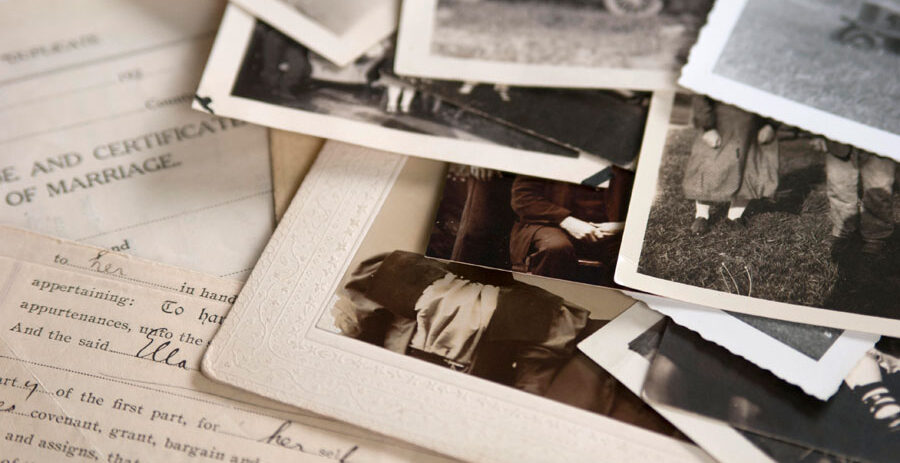
Addressing Fading with Digital Photo Restoration
Fading is a common issue with older photographs, whether they’re color, sepia, or black and white. What you see happening is a result of the pigments used in the photo breaking down. This can be accelerated by a variety of environmental factors, one of the most common being UV light. Another common culprit is acid. While most of us probably don’t think of the average piece of paper as being acidic, it can be!
Most papers contain varying amounts of lignin. This is because it’s present in the original wood, where it functions to keep the tree sturdy and upright. As the lignin in paper breaks down, it produces acid. This is why archival supplies are usually labeled “acid free” or “lignin free”. If photos are being stored in contact with wood, paper with lignin (including the backs of other photos!), or other acidic materials like adhesives, this will contribute to degradation and fading. This is why the best way to prolong the life of your photos is to keep them stored in archival materials.
For photos that have already experienced fading, we are able to darken the shadows and deepen colors in an image with digital programs, while keeping a careful eye to ensure that the values stay true to the original image.


Photo before and after digital restoration
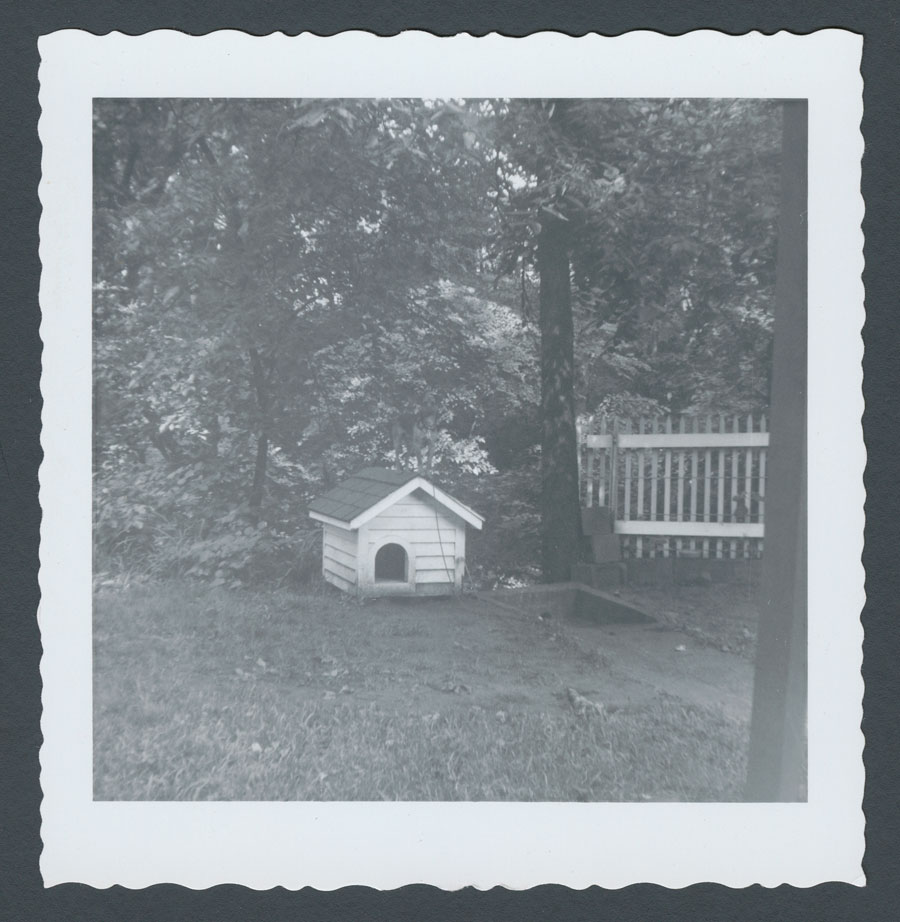

Photo before and after digital restoration
Remediating Yellowing with Restoration
Digital preservation encompasses the entire organizational plan of digital content from creation and curation to preservation and access. This includes files that are born digital, which have no physical counterpart, such as emails, social media posts, and other files first created digitally. A comprehensive digital preservation plan creates a systematic process for handling digital materials, providing access, and ensuring usability into the future.
There are various models of digital preservation that you can use to help you build a plan that meets the needs of your organization and collection. None of these models are prescriptive solutions, but rather they lay out the type of work, important processes, and possible problems to consider, each with different focuses.

Yellowing is an extremely common phenomenon in older photos and tends to be especially prominent in color photographs taken with home cameras in the 1980s or earlier. It usually occurs in conjunction with fading and is also frequently a result of the pigment molecules in a photo breaking down. When color photography first became widely available on home cameras, the processes and pigments were not as stable as the ones used in film photography today are. Since different dyes break down at different rates, this leads to the most stable among them remaining longer and causing a color cast over the image, usually a yellow or magenta tint. If you’ve ever accidentally bleached a green towel and had it turn yellow as a result, this is the same effect.
Colors fading unevenly isn’t the only possibility, though. We’ve already covered how lignin accelerates the degradation of the pigments in photos, but did you know it can also cause yellowing on its own? When lignin breaks down, it not only produces acid, but also turns yellow. This is the reason why older papers begin to turn yellow, and why even black and white photos can yellow.
When photos have yellowed, digital editing can help reduce yellow, orange, and red tones while bringing out more of the original colors.
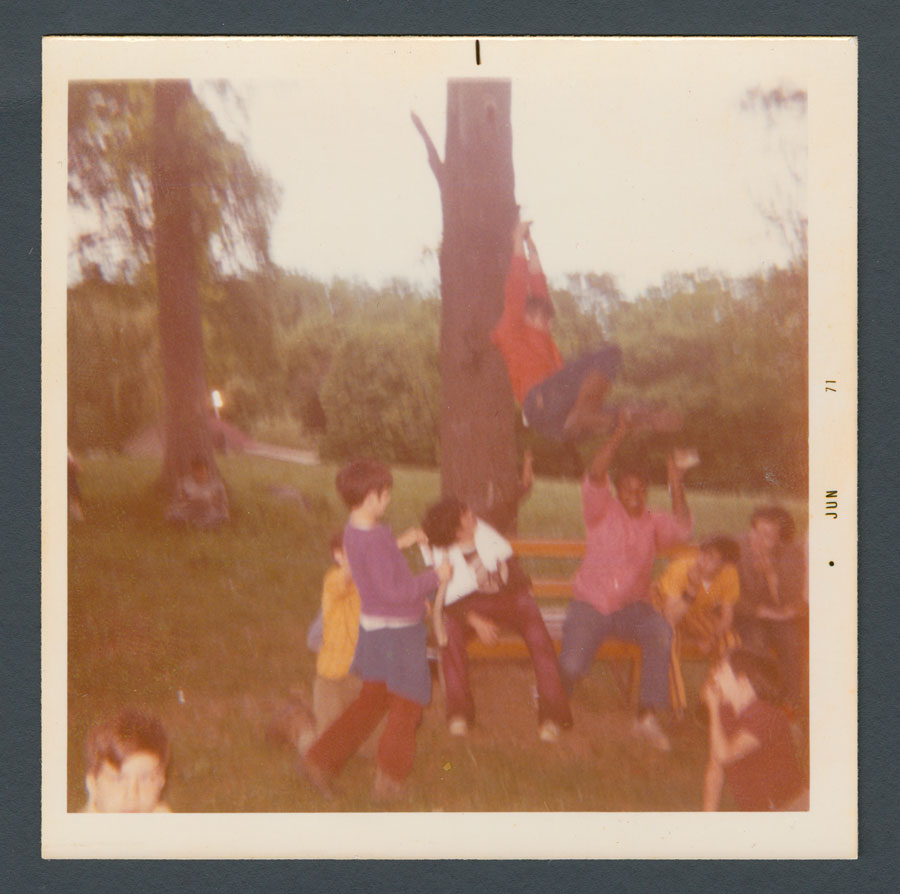
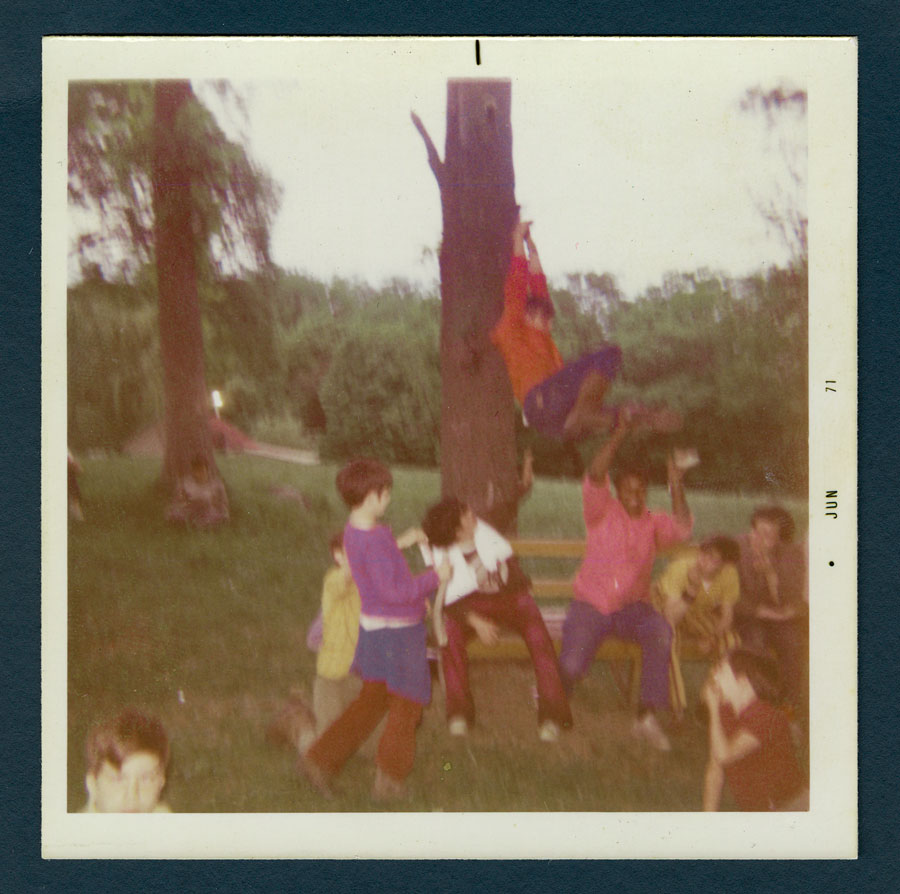
Photo before and after digital restoration


Photo before and after digital restoration
As you can probably tell from looking at the above photos, there are limits to what digital photo restoration can do. We’ve all seen crime shows where they shout “Enhance!” and with some quick typing and the push of a button, the grainy security footage reveals the face of their suspect. Unfortunately, this isn’t a realistic expectation.
One of the important things to remember with digital photo restoration is that if the visual information doesn’t exist, it can’t be restored.
While digital restoration can reveal some details not visible to the naked eye, any details that have been completely lost (or simply never existed in the first place, as in the case of overexposed or blurry photos) cannot be brought back. With extremely yellowed photos, while human eyes may be able to tell what the original colors could have been, the computer will recognize the majority of these colors as red, orange, or yellow. This means additional color correction needs to be done manually, a long and complex process that is most likely only worthwhile for the most precious of photos.
Combating Silvering Through Photo Editing
Silvering, also called silver mirroring, is an effect sometimes seen on photos, particularly antique black and white photos. As a film photograph ages and degrades, especially due to humid or acidic storage environments, the silver used in the photography process can rise to the top of the photo and become a bluish sheen seen on the dark areas of the photo. The visibility of silvering will change depending on what lighting the photo is being viewed in. Direct, bright light such as that used in scanning can cause silvering to be quite dramatic. Due to this, silvered photos may produce better images when captured with a camera.
Like yellowing, silvering is another case in which the computer cannot see the same way human eyes can. While it’s relatively simple to remove the blue cast from a silvered image, the computer cannot differentiate the silvered areas from the parts of the image that should be white naturally. Because of this, severe silvering correction is another process that must be done manually.

A silvered photo captured on a direct light flatbed scanner
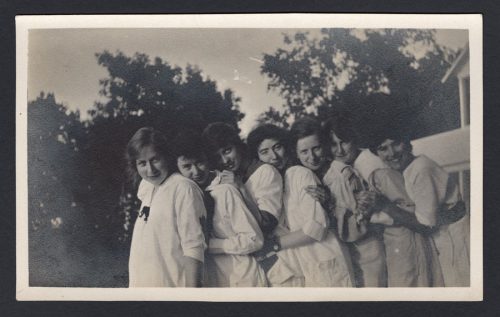
The same scan, edited to remove the blue/green sheen and deepen shadows
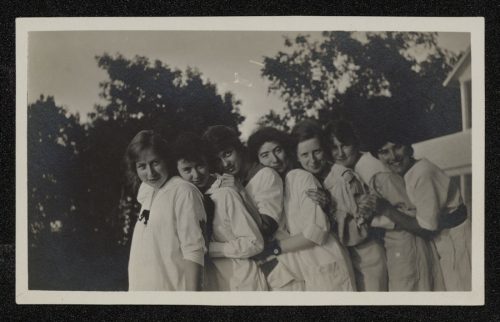
The same photo, captured on Anderson Archival’s DT Versa with angled light sources

The Versa’s scan, edited to remove the blue/green sheen and adjust shadows/highlights
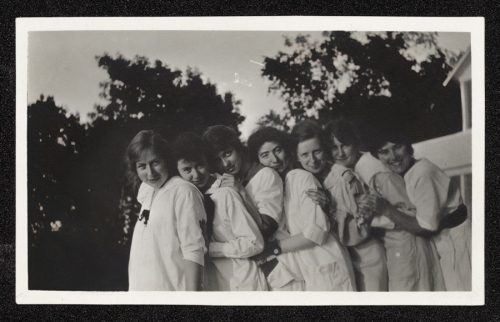
Another edit of the Versa scan, with advanced manual correction
Repairing Physical Damage on a Digital Photo
Tears, folds, scratches, stains, and more! There’s a lot that can happen to a photograph during its long life. How well a flaw can be remediated depends heavily on the size and location of the damage. Most commonly, these digital repairs are done by essentially hiding the damaged area behind visual elements taken from other parts of the photo. This means that flaws on solid backgrounds or repeating patterns will be easiest to cover and blend in. Other methods, such as manually lightening a stain, may be used when the damage is in a more complex area.

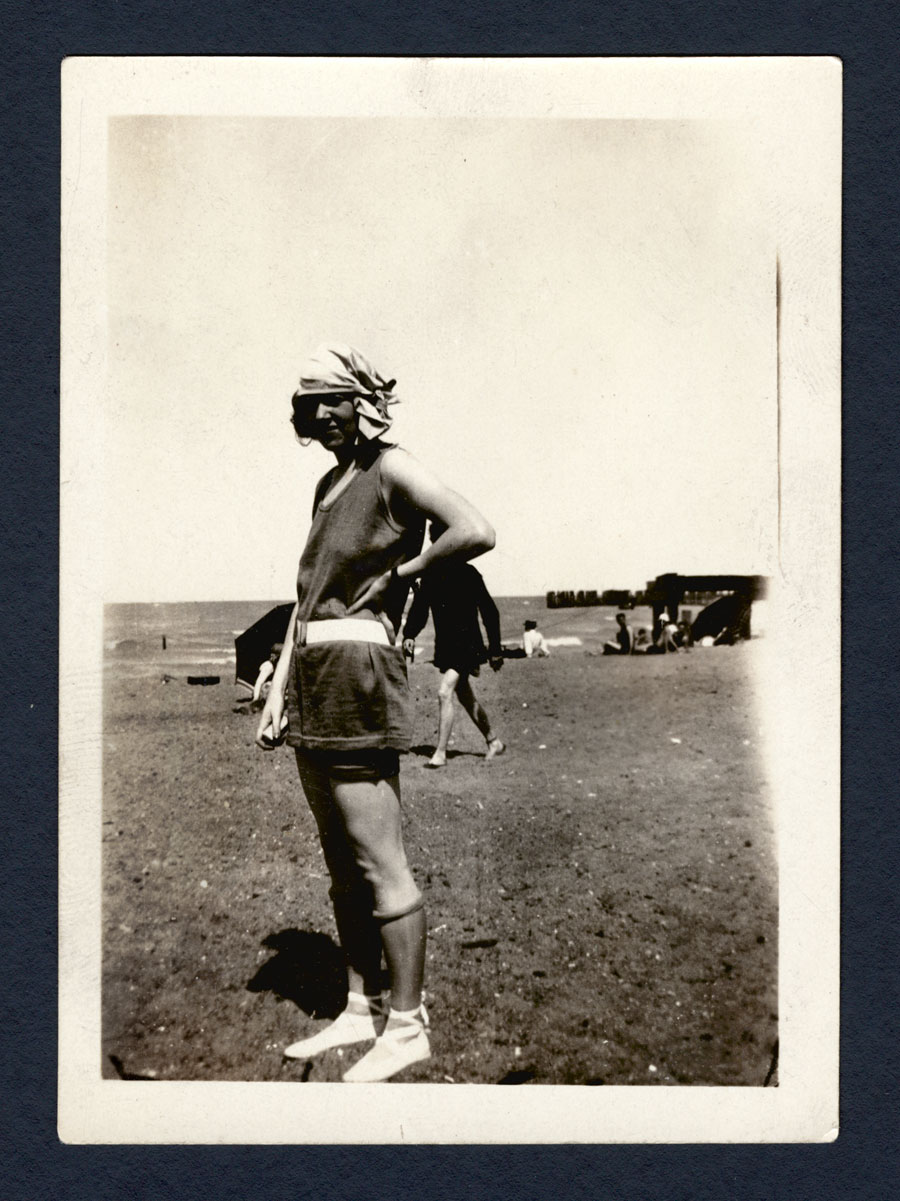
Photo before and after digital restoration
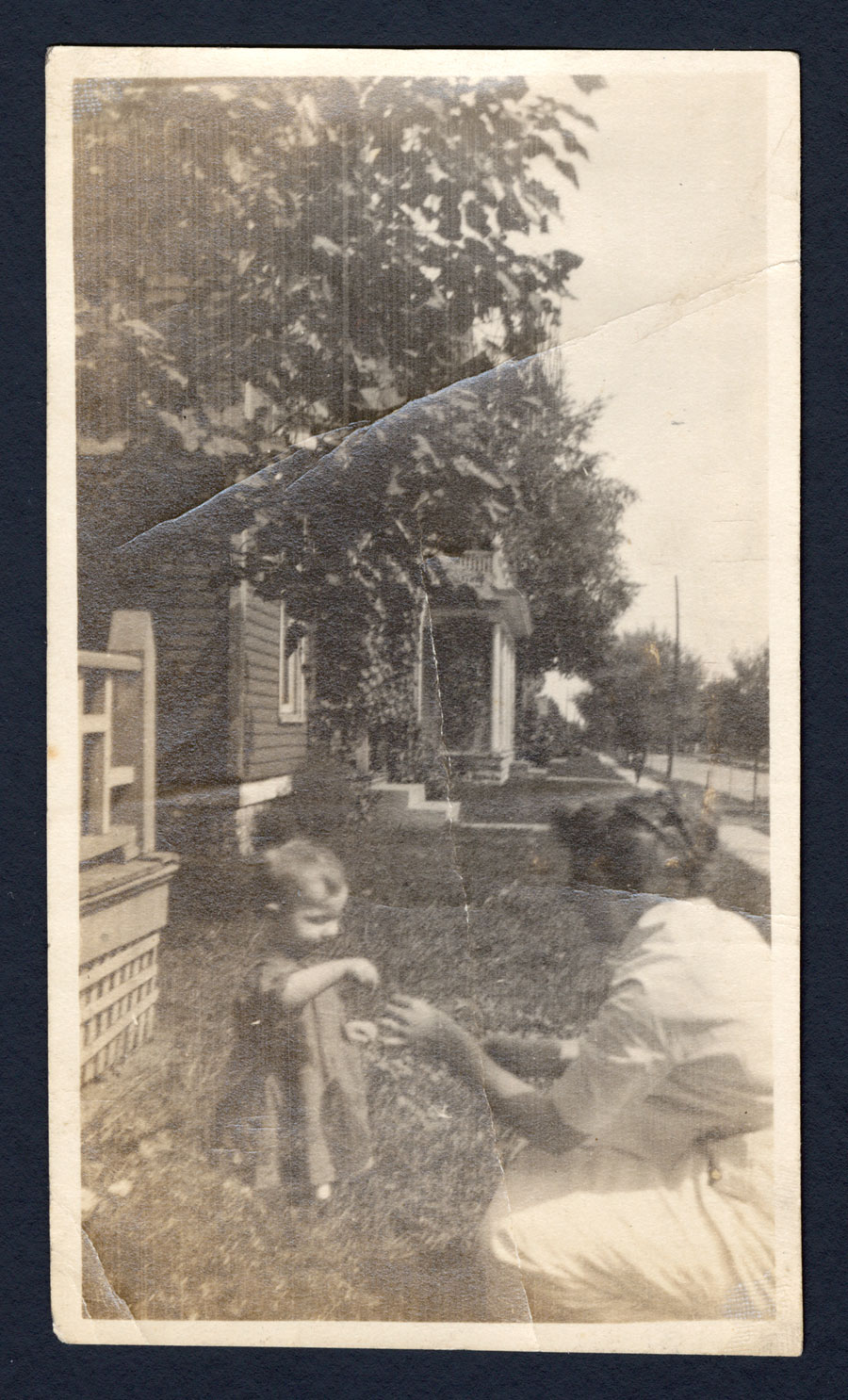
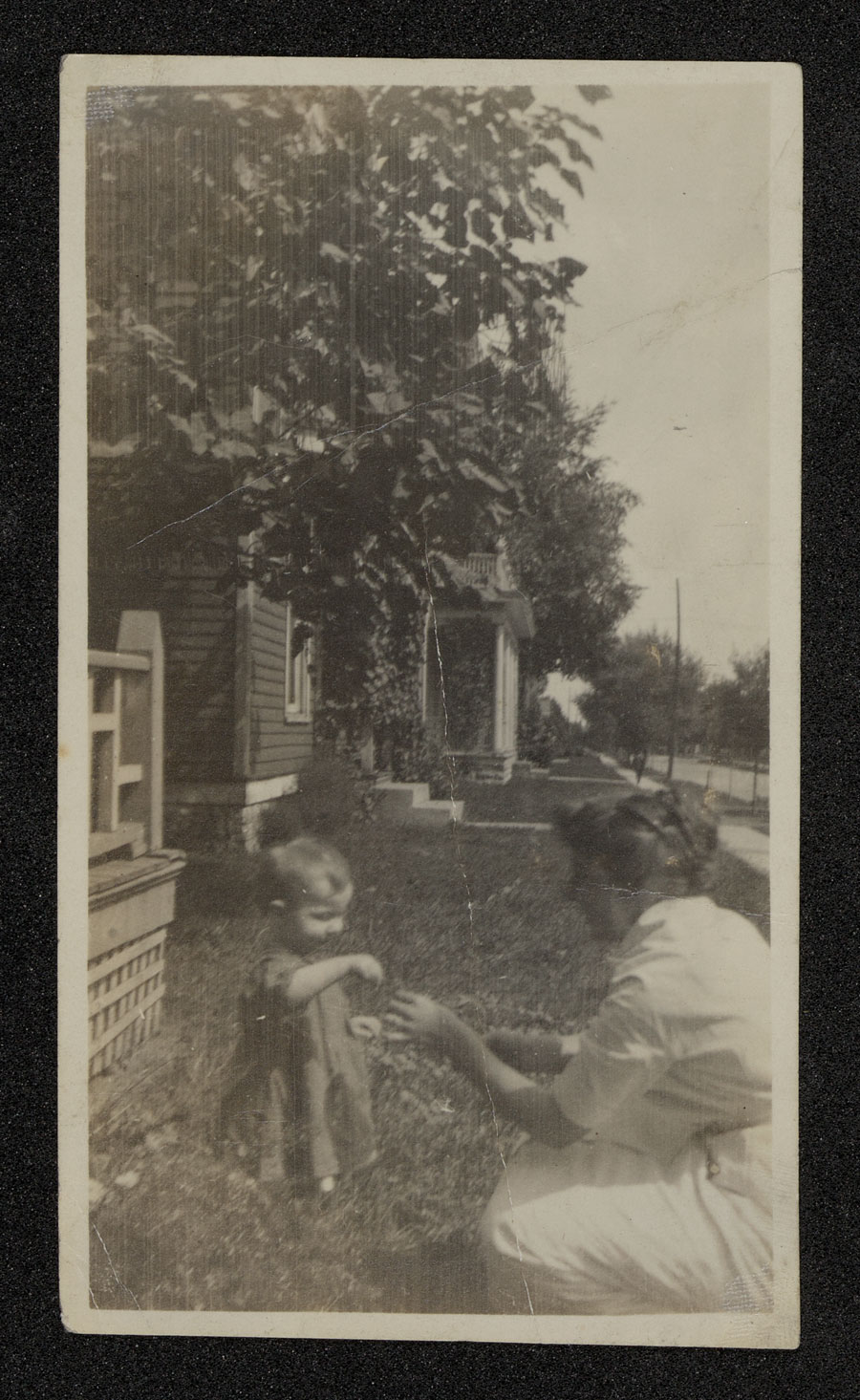
This is another situation in which the flatbed scanner produced an unwelcome result, highlighting the fold damage on this photo, compared to an unedited version captured on our Versa scanner.

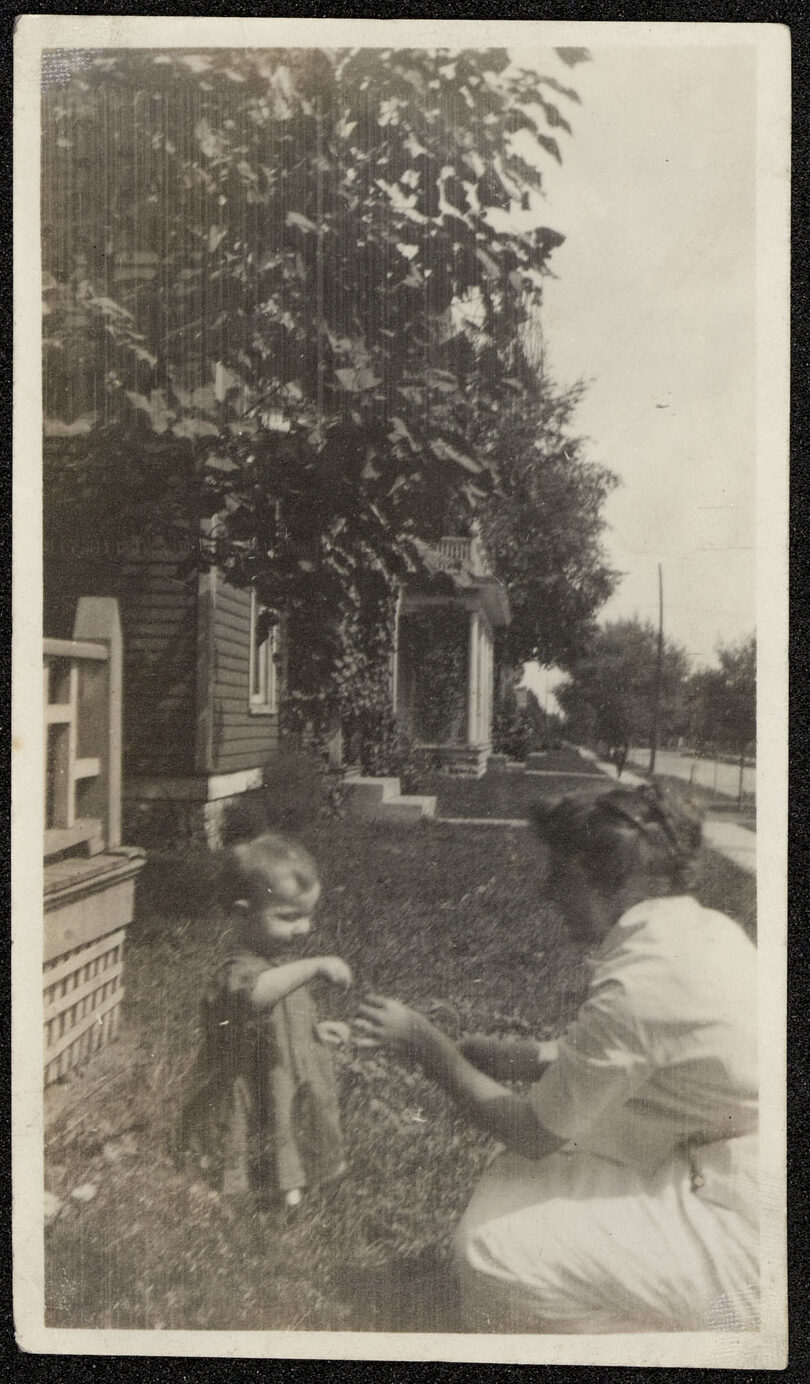
Versa capture before and after advanced editing.
Large Portions of Photo Loss or Damage
What if there’s a larger portion of the photo that’s severely damaged or missing entirely? Not all hope is lost! Earlier we noted that we can’t fix what isn’t there. Thanks to generative AI, that’s not quite true. Recent advancements in generative technology may make it possible to “restore” the image. These tools are trained on a large set of images. Because of this, the program is able to look at the parts of an image that remain and generate options for what the missing part would have been most likely to look like based on its training set.
This tool can work for replacing smaller sections of loss or even large pieces of the background. This tool isn’t as useful for important parts of a photo, such as people’s faces, and the resulting image will not be considered accurate to the original.
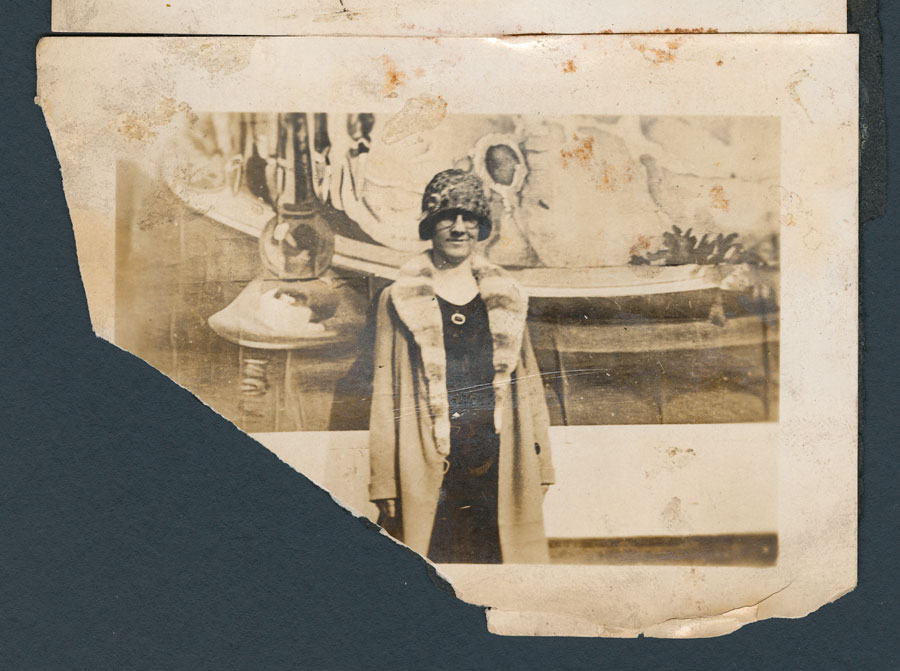
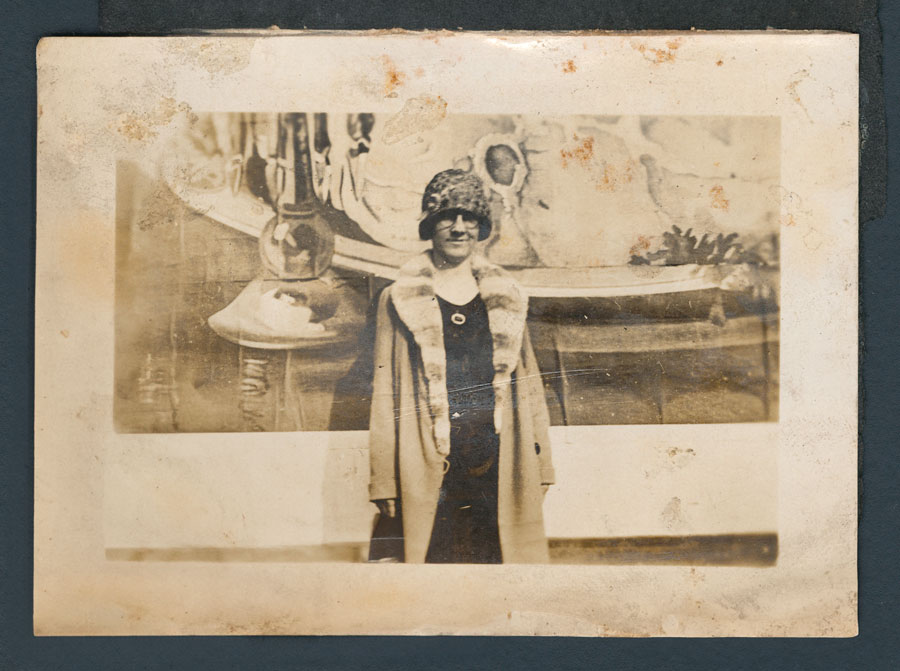
Photo before and after generative AI
Whether your photos have been kept pristine or are experiencing some of the conditions outlined above, it is important to digitize before the originals degrade further. If your organization is required to meet guidelines like FADGI, we can produce an accurate master image in addition to the restored version. Anderson Archival is ready to work with your photo collection, regardless of what is involved. Collection review and establishing settings to best capture a damaged, faded, yellowed, or silvered photo are an important part of our process.
And if you want to shout “Enhance!” we can do that too. Give us a call when you’re ready!
Subscribe to Our Newsletter
Digital preservation is about connecting to history. We do our best to bring you the important news and personal stories you’re interested in. We’re always looking for article ideas. Come learn with us!
